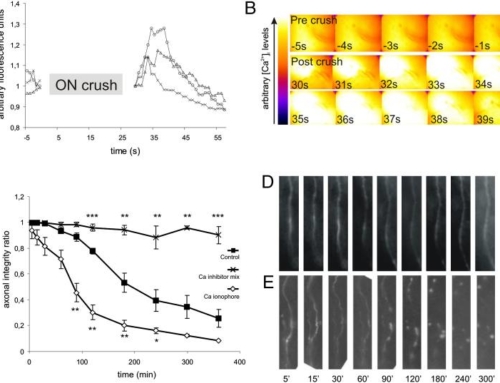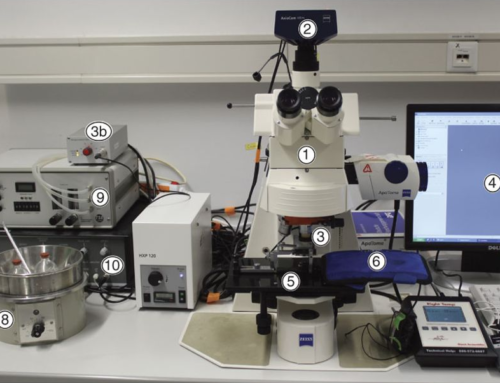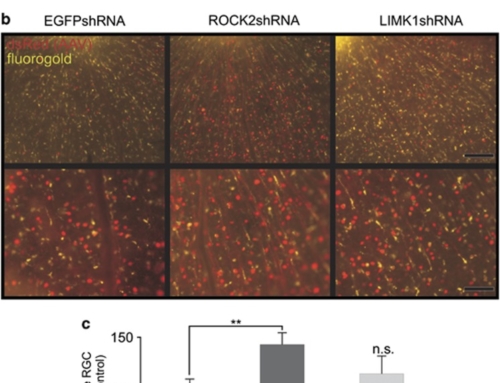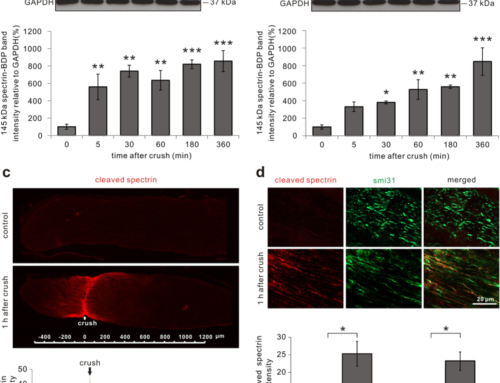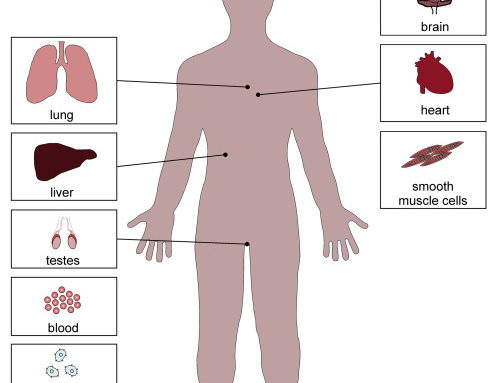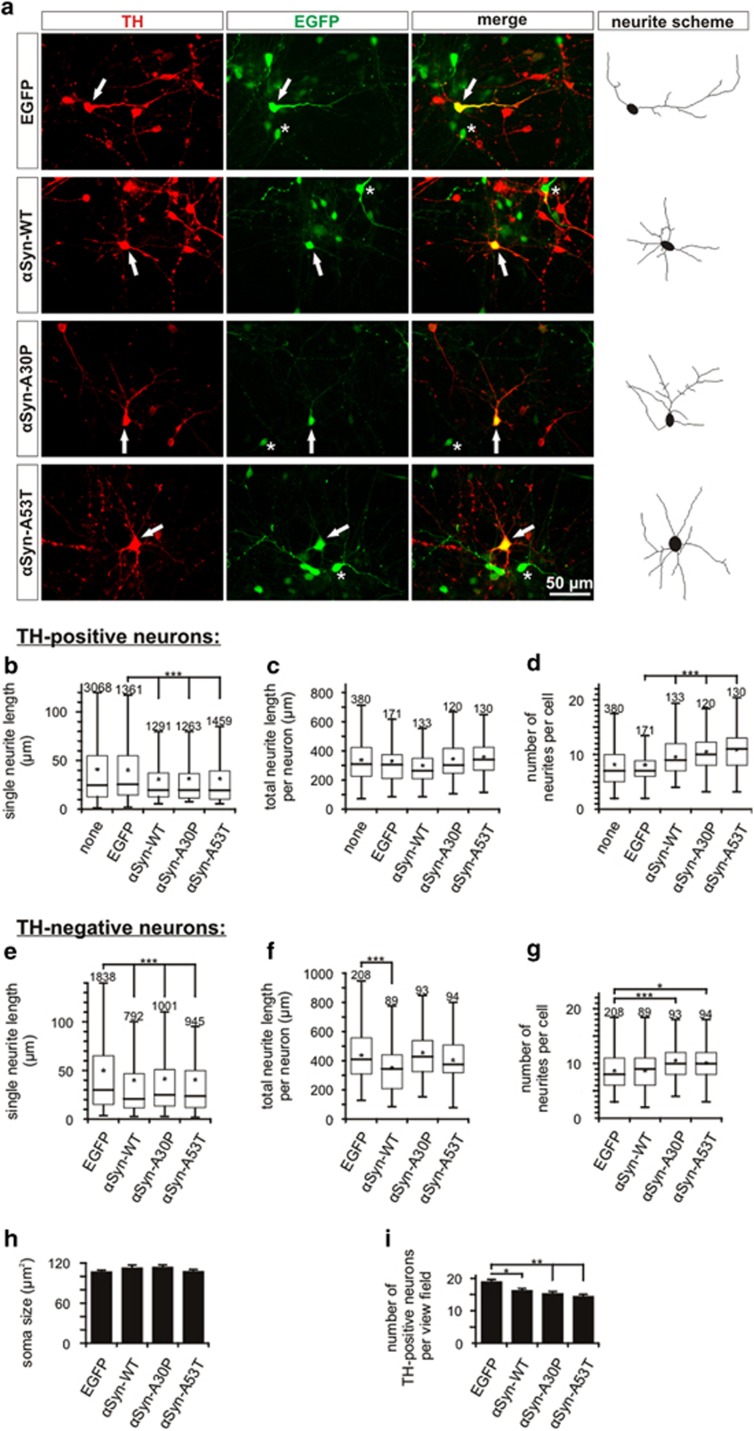
Many neuropathological and experimental studies suggest that the degeneration of dopaminergic terminals and axons precedes the demise of dopaminergic neurons in the substantia nigra, which finally results in the clinical symptoms of Parkinson disease (PD). The mechanisms underlying this early axonal degeneration are, however, still poorly understood. Here, we examined the effects of overexpression of human wildtype alpha-synuclein (αSyn-WT), a protein associated with PD, and its mutant variants αSyn-A30P and -A53T on neurite morphology and functional parameters in rat primary midbrain neurons (PMN). Moreover, axonal degeneration after overexpression of αSyn-WT and -A30P was analyzed by live imaging in the rat optic nerve in vivo. We found that overexpression of αSyn-WT and of its mutants A30P and A53T impaired neurite outgrowth of PMN and affected neurite branching assessed by Sholl analysis in a variant-dependent manner. Surprisingly, the number of primary neurites per neuron was increased in neurons transfected with αSyn. Axonal vesicle transport was examined by live imaging of PMN co-transfected with EGFP-labeled synaptophysin. Overexpression of all αSyn variants significantly decreased the number of motile vesicles and decelerated vesicle transport compared with control. Macroautophagic flux in PMN was enhanced by αSyn-WT and -A53T but not by αSyn-A30P. Correspondingly, colocalization of αSyn and the autophagy marker LC3 was reduced for αSyn-A30P compared with the other αSyn variants. The number of mitochondria colocalizing with LC3 as a marker for mitophagy did not differ among the groups. In the rat optic nerve, both αSyn-WT and -A30P accelerated kinetics of acute axonal degeneration following crush lesion as analyzed by in vivo live imaging. We conclude that αSyn overexpression impairs neurite outgrowth and augments axonal degeneration, whereas axonal vesicle transport and autophagy are severely altered.
Alpha-Synuclein affects neurite morphology, autophagy, vesicle transport and axonaldegeneration in CNS neurons.
Koch JC, Bitow F, Haack J, d’Hedouville Z, Zhang JN, Tönges L, Michel U, Oliveira LM, Jovin TM, Liman J, Tatenhorst L, Bähr M, Lingor P.
Cell Death Dis. 2015 Jul 9;6:e1811. doi: 10.1038/cddis.2015.169.
[PubMed]
